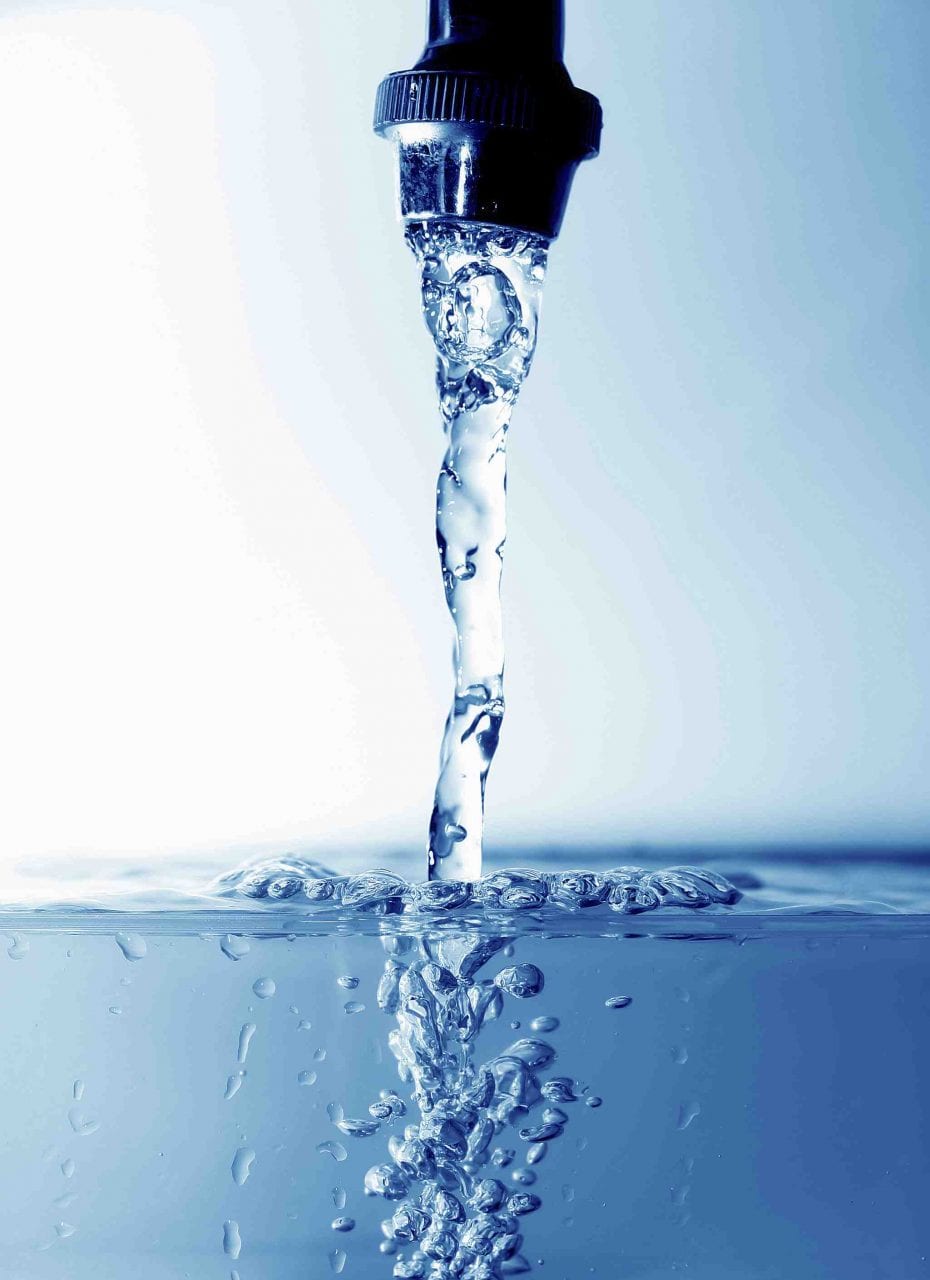You’ve switched to LED lightbulbs at home. You’ve got the highest Energy Star Rating on your fridge, dishwasher, washing machine, dryer, TV, curling iron and smoothie-maker. You chose the low-VOC paint when renovating, even though you only had a vague conviction that it was bad for the environment based on a quick Google search, but given the choice, you decided it was worthwhile, because you care about the environment.
Reducing your environmental impact at home is a rewarding challenge. You might foot a higher bill at the checkout, but annual energy and water savings make it worthwhile. Additionally, you get the satisfaction of knowing you’re doing your part to reduce humanity’s acceleration of global warming.
See our range of environmental responsible products Green Pro below
CLICK HERE FOR: Green Pro Range
Reducing waste using concentrated products and using dispensing options is also another way to curb your environmental impact in the workplace.
CLICK HERE FOR: Dose N’ Fill Range
CLICK HERE FOR: Dispensing Solutions

But making the switch at home, where you’re master of your domain, is the easy part.
Reducing your workplace’s environmental impact is a very different story. You’ve got budgets to adhere to. You’ve got workflow that can’t be disrupted by renovations. You’ve got a boss that is resistant to changing the status quo.
Here are 10 easy ways you can gradually reduce your workplace’s impact on the environment (and save money).

- Watch your water usage. You can easily get a reading from your water meter, and ensure that when no-one is on site (e.g. over the weekend), no water is being leaked anywhere. Using automatic taps, harvesting rain water, water-saving shower heads and low water-usage toilets can also further reduce your water usage.
- Go paperless (if you can!). Opting for e-invoicing, -order assembly and -delivery are just a few of the ways you can reduce both your paper usage and paper (& printer) expenditure.
- Recycle if you can’t go paperless. Most workplaces still churn through paper, it’s no secret. Churning through what was formerly an oxygen-producing entity is not great for the forest, the continent the forest is on, or humanity. If you don’t have the facilities to recycle efficiently yourself, why not outsource to a socially and environmentally responsible partner, like House With No Steps?
- Use recycled products. Using recycled paper is a good start. Depending on your business, there are many exciting ways you can increase your use of recycled goods. For example, insulation based on old newspaper or roads made with old printer toners.
- Look for power-saving alternatives like LED lightbulbs, motion-sensing to control that lighting, LED computer monitors etc. Prioritise buying or replacing equipment and appliances with their higher Energy Rating alternatives.
- Contact your energy provider and what they offer in the way of green energy alternatives. You could install solar panels to reduce reliance on energy providers, if they’re slow on the green energy uptake.
- Carpool. Ask your workmates that live nearby if they’d be happy to share rides with you. You might be lucky, and your workplace could offer incentives to do so!
- Be smarter with your company vehicles. When reviewing your fleet, spend some time researching more efficient cars. Not everybody can afford the Tesla Model S, but not all Internal Combustion Engines are made equal.
- Clean and maintain regularly. Stop viewing asset cleaning and maintenance as a cost, but instead view it as an asset-preservation measurement. Just like getting your vehicle serviced regularly, your floors, kitchens, equipment and bathrooms all need regular attention to protect their form and function. Spending $100 every 6 months to get your carpets cleaned over three years is $600. How much does it cost to have your carpets replaced every three years though?
- Don’t be an inadvertent waster. There are hundreds of ways you could be non-consciously wasting resources at work. To illustrate this point, imagine your cleaners filling up a mop-bucket with water and chemical. If your cleaner pours ‘three glugs’ into a mop-bucket and tops it up with water, you have very little information about your cleaning product usage (and expenditure). Castle’s chemicals are designed to be diluted through an automatic dispenser, so you know you’re getting exactly the right dilution rate for that application – no product is wasted, and you know exactly how many buckets’ worth of mopping your cleaner is able to do per bottle of chemical.
Contact Castle today for a review of your cleaning processes and products in order to maximise your sustainability and cost-effectiveness.


